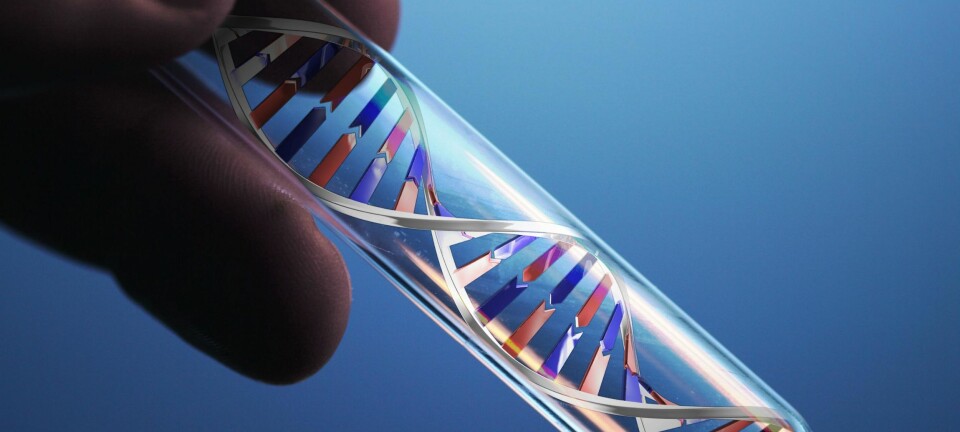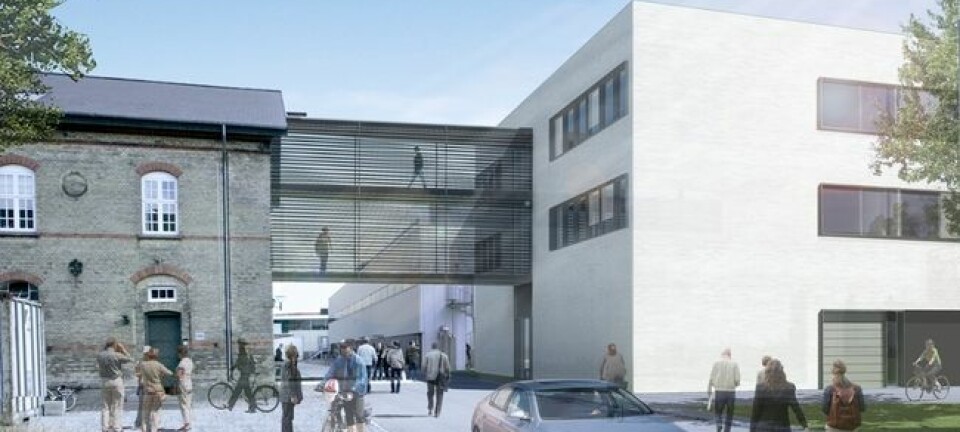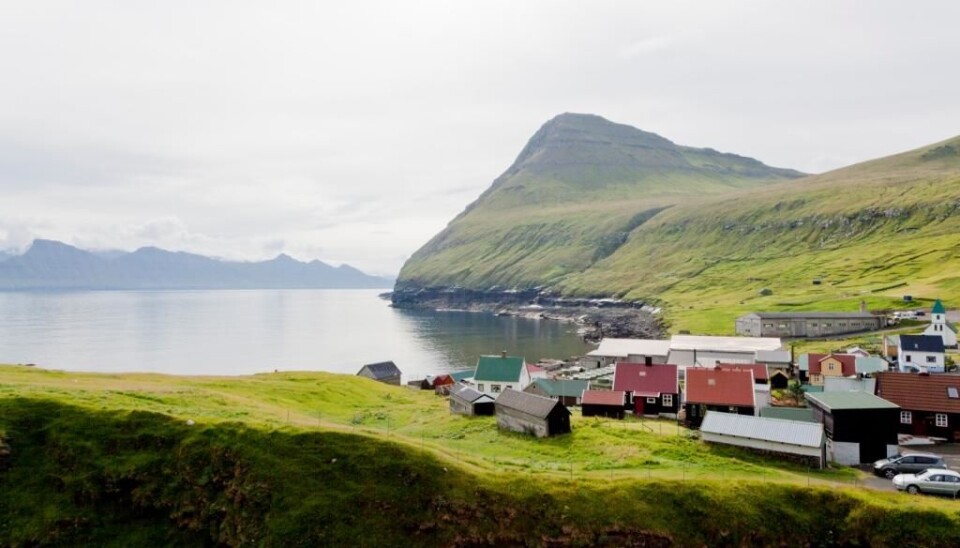
Sequencing the genome of an entire population
As the first country ever, the Faroe Islands are preparing to sequence the genetic material of its entire population. The FarGen project could become a model for personalised medicine throughout the world.
The ambitious Faroese FarGen project has set out to sequence the Faroese genome.
The project will be the first one in the world to map the genetic material of an entire population and will thereby bring the Faroes into the future of personalised genomics-based health systems.
“This is a joint community project and we will not only be creating a genetic biobank, but a completely new health system,” Bogi Eliasen said at the International Conference Copenhagenomics, which was recently held in Copenhagen.
Eliasen, the programme director of FarGen, points out that the project will resolve the Faroese's own unique genetic problems, future proof the health system in a small country with limited resources and lead the way globally.
Danish scientists are thrilled
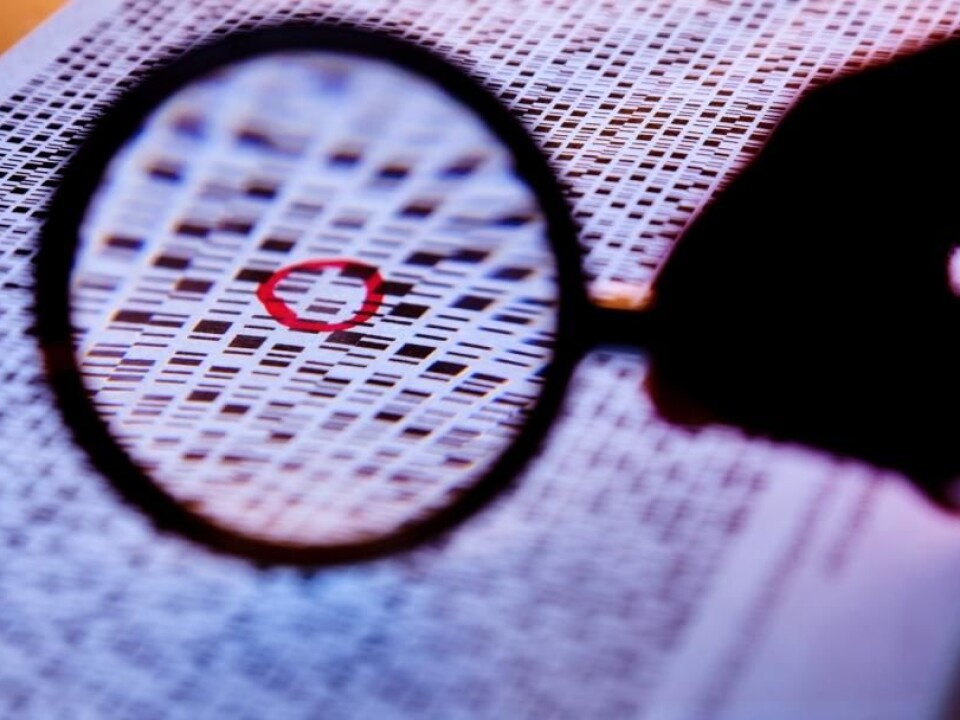
"This is a very exciting project which can easily end up as a role model for the rest of the world," says Professor Torben Ørntoft, of the Molecular Diagnostic Laboratory at Skejby University Hospital in Aarhus.
“The vision is right and we will also be doing that here in Denmark,” he says. “Five years from now I think we’ll be mapping the genetic material of all patients entering the country’s hospitals.”
Professor Donald Børglum of the Institute of Biomedicine at the University of Aarhus agrees:
”This is something that many scientists across the world are working with, and for the Faroe Islands it is relatively straightforward,” he says.
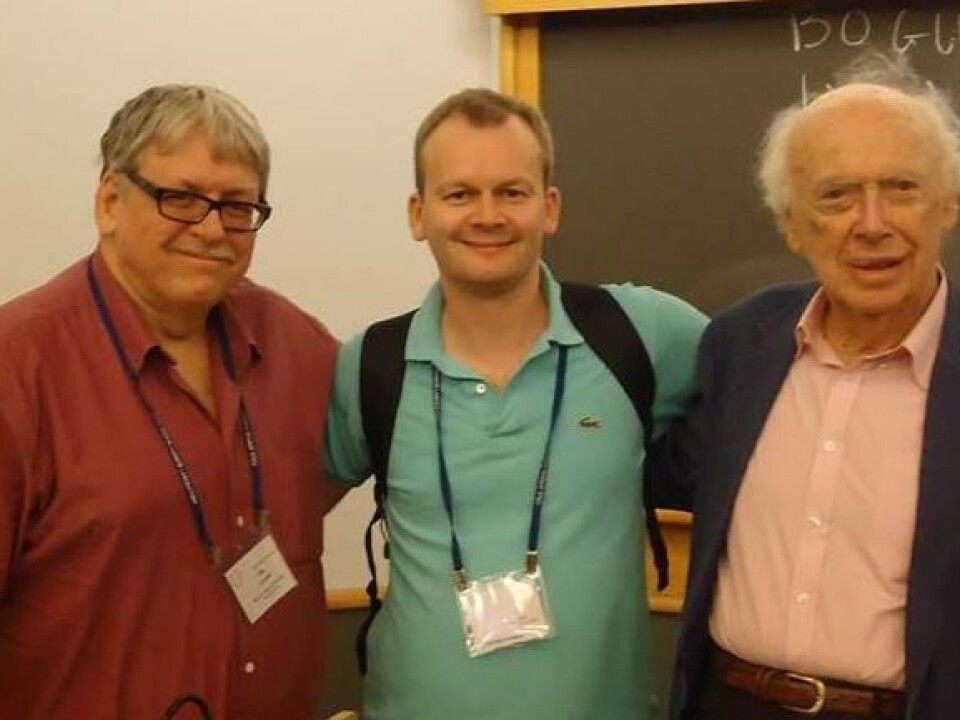
“The great advantage with the Faroes is that it’s possible to find correlations between inheritance and disease – and the underlying disease mechanisms, which in the long term could provide better and more targeted treatment.”
Børglum adds that Denmark has a similar project, called Genome Denmark, in which he and his colleagues will map the Danish genetic material – initially 150 people by 2015.
New technology makes genome mapping cheaper
Genome sequencing is today’s big buzz word in scientific circles, and since the first sequencing of the human genome some ten years ago, the technology has seen a rapid development in which costs have dropped dramatically and the speed has exploded. The result is that it’s now possible to sequence a person’s genetic material for less than €3,000.
This makes it realistic to run such a comprehensive project on the Faroese population, which only counts around 50,000 people.
Improving public health
For a small country like the Faroe Islands there are some diseases that no-one else will study.
FarGen is similar to the Decode Genomics project that was launched in Iceland in the late 1990s.
But Decode is a commercial project, which has ‘only’ sequenced a representative sample of Icelanders, and which has so far not led to the development of any new drugs.
FarGen, on the other hand, is a publicly funded project which aims to sequence the genetic material of all citizens now and in the future, and is expected to play a key role in the efforts to improve public health.
In the Faroes, the Decode project sparked a heated debate as the Faroese were intended to be used as a control population.
Nothing came out of it, but the debate sowed some thoughts. One of the results was a new genetic regulatory framework, introduced in 2005 to protect the individual.
The interesting Faroese population
What’s particularly attractive about the Faroese population in this respect is that it is highly homogenous.
Most people know their ancestry back to the 1650s – some can even trace their family roots all the way back to the Vikings, who arrived on the islands some 1,000 years ago.
The islands have a public family tree, which is digitalised 200 years back in time.
All this makes it relatively easy to determine the genetic factors behind diseases.
But according to Eliasen, it’s the general framework that’s most important.
“It’s exciting with the isolated population, but the entire setup is interesting, since it makes it possible to study a host of different factors.”
He says that the Faroes are a small, compact and homogenous society without class or racial problems, that the country has a comprehensive digital health system, lots of health data and not least the genetic regulatory framework from 2005.
In short, this means that the Faroe Islands are uniquely positioned to be a model for the rest of the world.
Inspired by a Nobel Prize winner
“The technology is ready, but it needs to be tried and tested in a place where it can be controlled. And for that purpose, the Faroes are the only suitable place in the world,” he says.
This has been spotted by international scientists, and FarGen can now boast a scientific committee which is close to the top ten in genome research, where Nobel Prize winner James Watson, who at one time headed the international Human Genome Project, has been a major source of inspiration, according to Eliasen.
The funding, which is estimated at around €270,000-400,000, has not yet been finalised.
The programme director says that they are now ready to start sequencing the first 100 locals, after which they will sequence 5,000 genomes – a process expected to be completed by the end of 2013. This experience will be used to routinely sequence the remainder of the population, including newborns.
Distinctive Faroese diseases to be studied
The genome database will be used by doctors, who can look up the patient’s genetic material and for example check whether a certain drug will have side effects, or whether it’s right to provide preventive treatment for a hereditary disease.
But the benefits will probably be clear even before that time. The past few decades have shown that the Faroese have a high incidence of some otherwise rare hereditary diseases, and even the first 100 genomes will probably prove valuable in the efforts to unravel diseases that are more or less endemic in the population on the tiny island community.
“For a small country like the Faroe Islands there are some diseases that no-one else will study,” says Eliasen.
Success depends on the population
In the end, FarGen’s success depends on the goodwill of the population – on how many of them are willing to participate.
Eliasen is cautiously optimistic and says that genetics is already an important part of Faroese culture. For instance, the heart disease CTD (carnitine transport defect) has created awareness among the locals of the need for knowledge of the genomes.
-------------------------------
Read this article in Danish at videnskab.dk
Translated by: Dann Vinther
External links
- Bogi Eliasen’s profile (LinkedIn)
- About Copenhagenomics
- About gene mapping (Wikipedia)
- About the Faroe Islands (Wikipedia)
